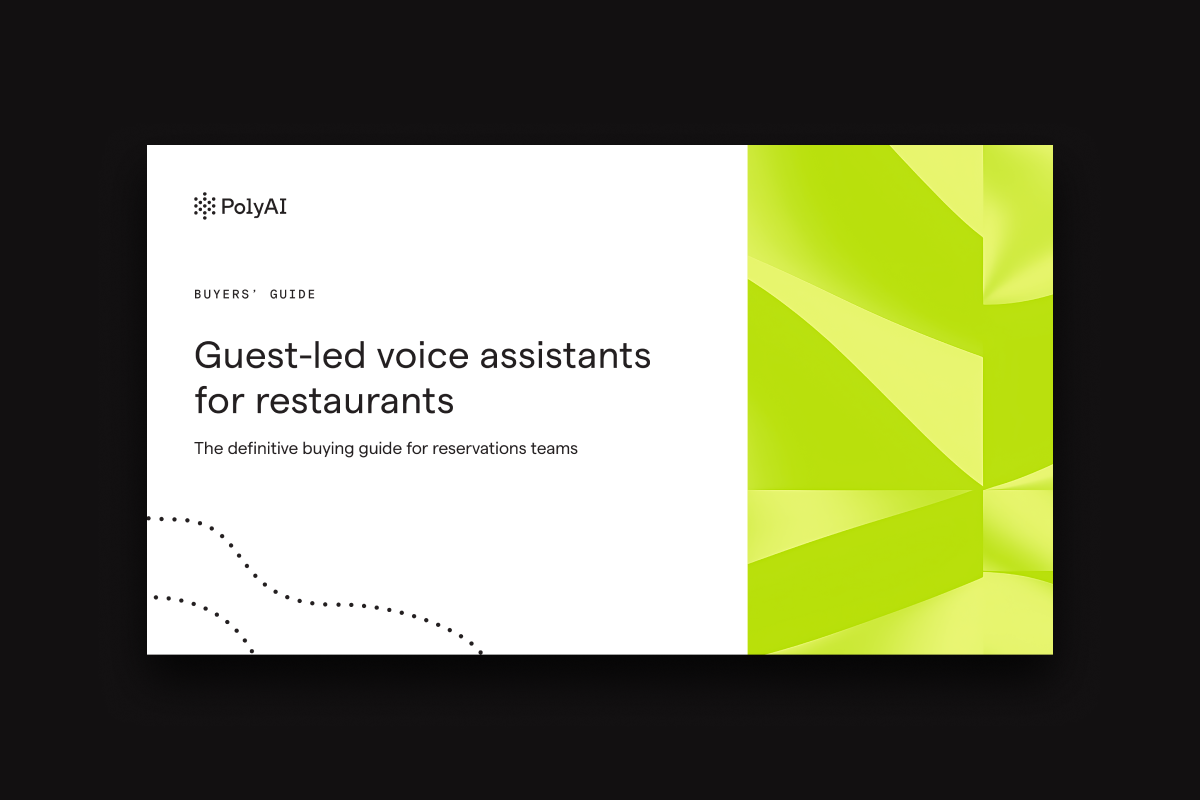While many prefer to make bookings online, 50% of diners are still reserving tables over the phone. But answering every single phone call is a problem that the restaurant industry has been facing since, well… forever.
Restaurant staff simply don’t have the bandwidth to answer the phone consistently alongside their other duties. It’s not uncommon for restaurants to miss 30% of all phone calls, and therefore 15% of all potential bookings. When staff are able to pick up the phone, the conversations are often rushed and vary greatly in quality depending on the person and their workload at that precise moment in time.
Many restaurant chains have had to turn to sub-par technology solutions to help handle calls. The most prevalent of these technologies is DTMF (dual tone multi frequency), or ‘touch tone’.
Touch tone solutions allow customers to make reservations by entering key information using their phone’s keypad. For example, when asked what time they would like to dine, the customer might press the 7 key, and when asked how many people the table is for, they may press 2.
The trouble with touch tone
Touch tone or DTMF technology is incredibly simplistic which is fantastic, until it isn’t.
Touch tone technology severely limits the potential in conversational flow.
As input must be numerical, you can’t use touch tone to ask questions or request clarification. Requests around accessible seating, or dietary requirements for example, will still need to be routed to the restaurant.
Because the call flow needs to follow a rigid structure, there is no way for a user to change their mind during a call. Let’s say for example that a customer pressed 6 when they meant to press 7. Unless there is an option for the user to confirm or deny every input – which would be massively time-consuming and frustrating – the user will need to hang up and start the call again.
This is a huge problem when it comes to negotiating times and dates. If a customer’s chosen time is not available, they will be required to put in another until they find something that suits them, which is going to be enormously frustrating during busy periods.
Until recently, DTMF has been the only feasible means of automating bookings and reservations over the phone. This is primarily down to ease of integration, as touch tone solutions are fairly simple to integrate with booking systems like Zonal.
Conversational AI: Automation without limitations
Conversational AI is the technology that allows us to build virtual agents that can hold conversations with customers and make bookings within your booking system.
Conversational AI imitates the behaviour of great customer service agents. Using this technology, virtual agents can be trained with the knowledge from a restaurant’s FAQs to answer customers’ questions. Good conversational AI models will have a decent understanding of natural language, so your customers will be able to ask questions in their own words. Virtual agents are then trained on your specific business logic, so they can extract the information they need to make a booking from anywhere in the conversation.
Virtual agents are infinitely scalable, able to handle multiple calls simultaneously, 24 hours a day, 7 days a week, 365 days a year.
Integrating AI powered virtual agents with your booking systems is as straightforward as integrating touch tone technology or online booking systems like OpenTable; it is simply a case of hooking in your booking system’s API.
Touch Tone vs Conversational AI
Touch tone or DTMF technology has been the only solution for automating phone reservations… until now.
Conversational AI offers the benefits of touch tone, but with a layer of improved and additional functionality. Restaurants can use virtual agents to answer questions and allow customers to direct the conversations they want to have.
Where touch tone allows restaurants to contain conversations, conversational AI encourages engagement, providing excellent experiences that will keep customers coming back.




